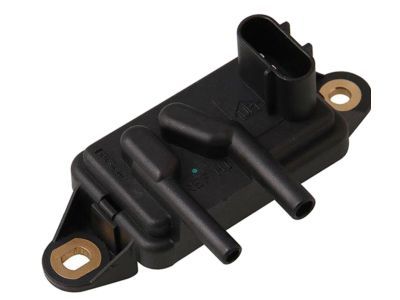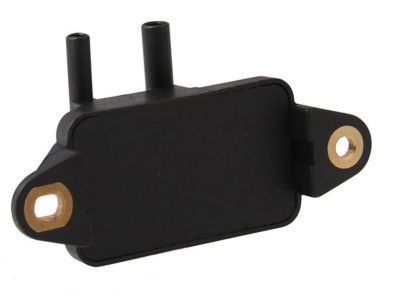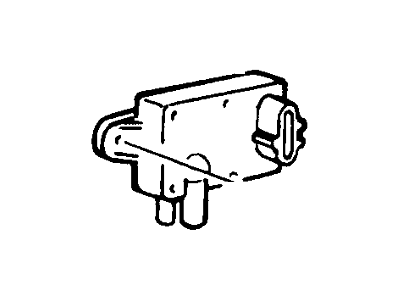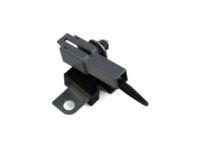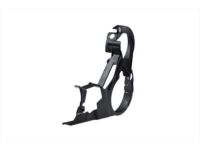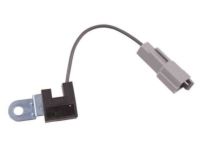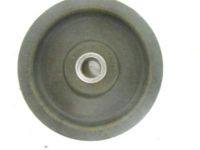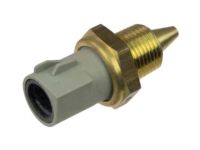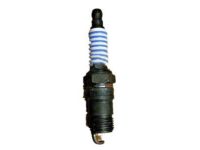To ensure reliability, purchase part # F4ZZ-9J460-B Sensor Assembly. It is also called EGR Valve Position Sensor. OEM parts are of high quality and known for their longevity. This is because they are built to the Ford standards which are relatively high and undergo rigorous quality control testing. This part fits specific Mercury Mountaineer, Mystique models.
FordPartsGiant.com is a leading supplier of genuine components and accessories such as F4ZZ9J460B Sensor Assembly. Looking to purchase quality low-cost OEM Ford parts? You have just found the right place. For detailed Mercury parts information, click here.


